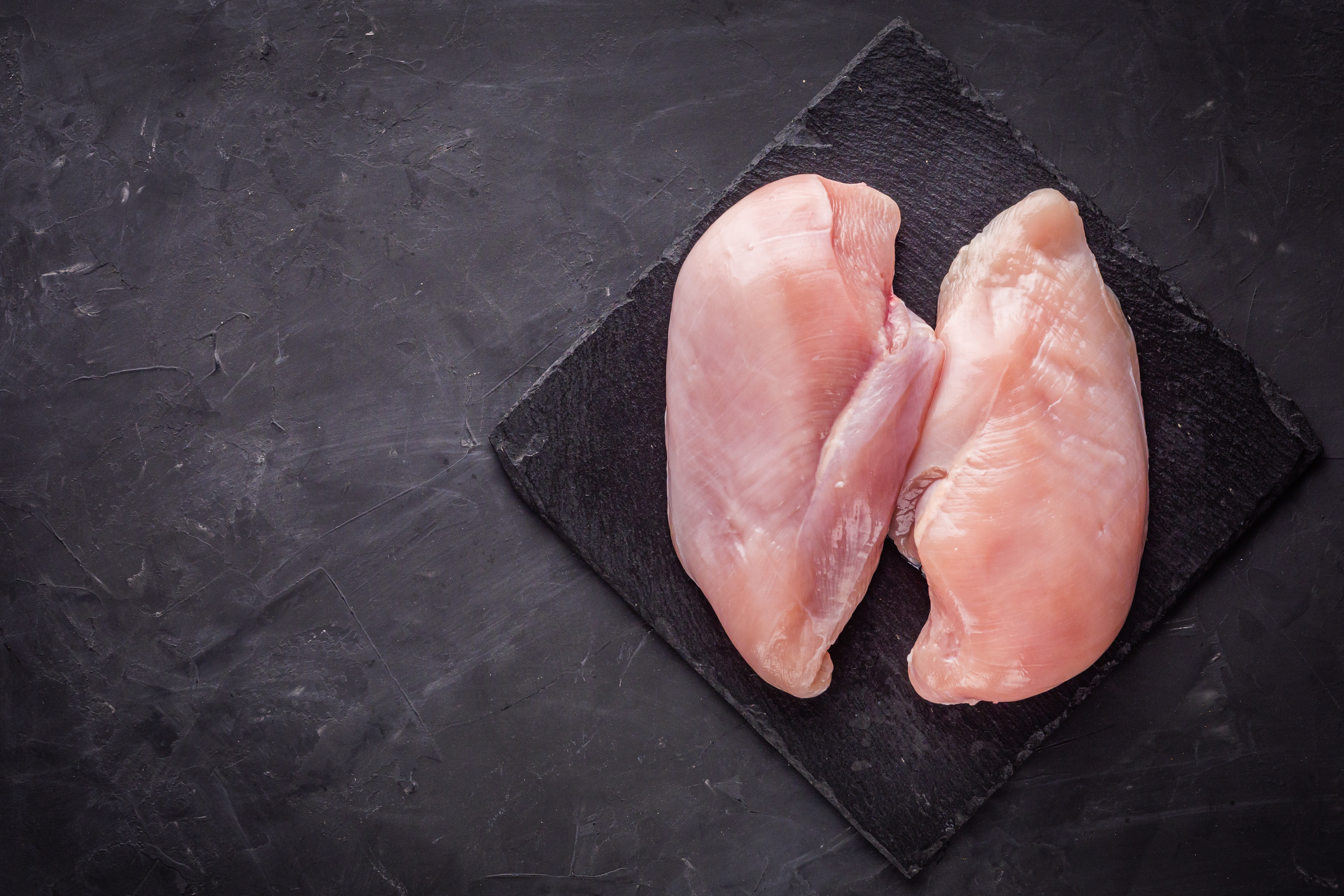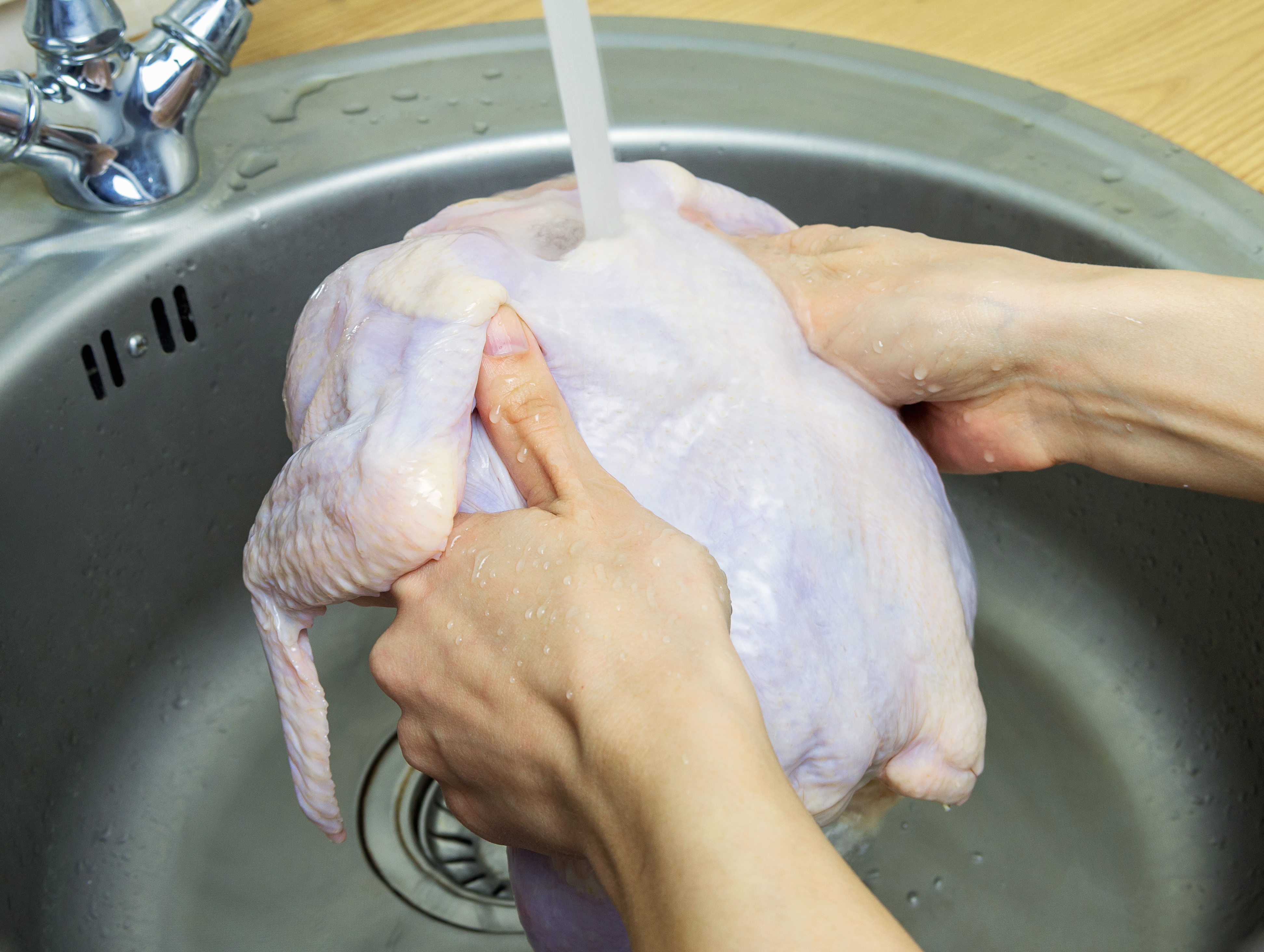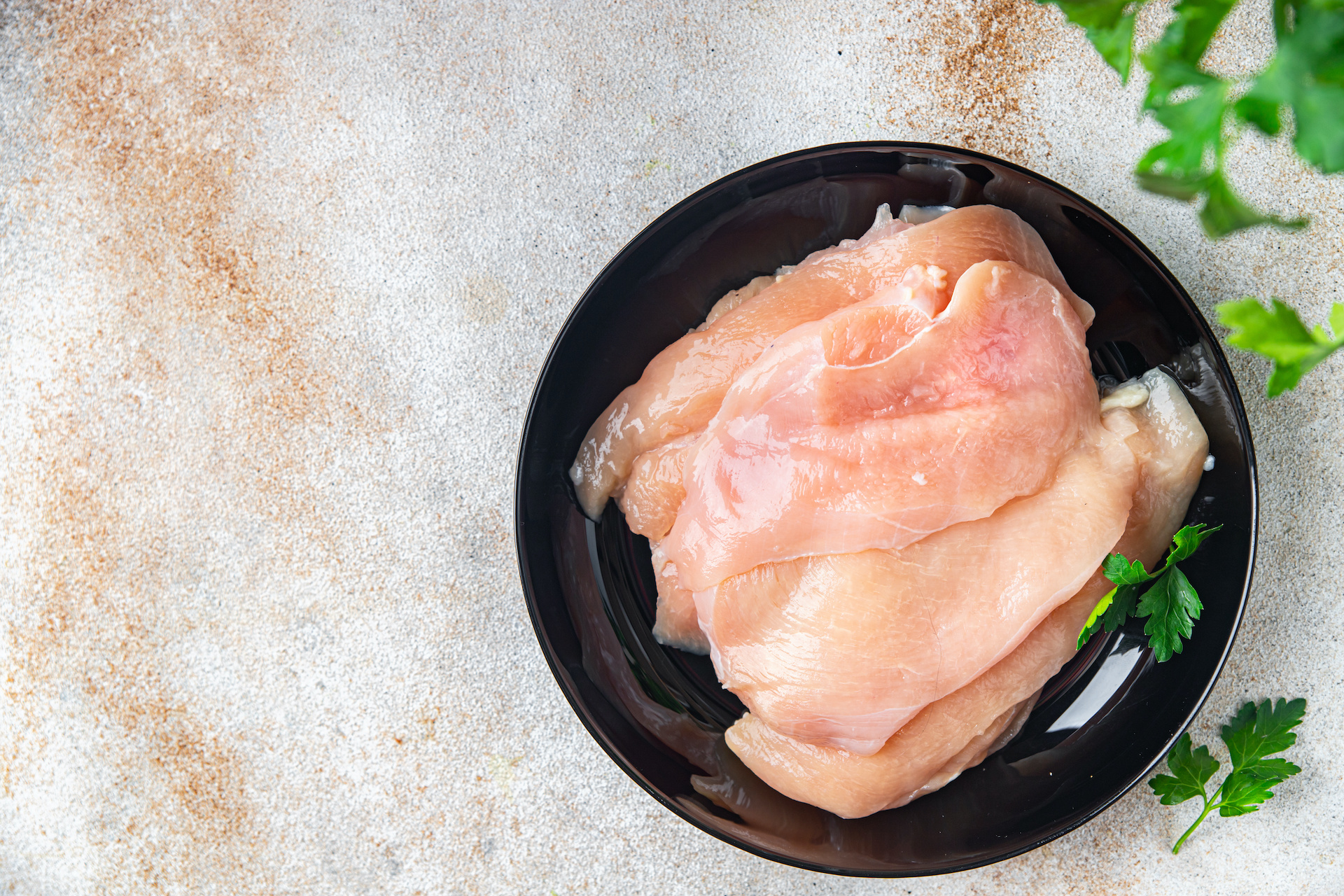
Baking chicken is one of those things that most homes probably do a few times a week. Chicken is delicious, crowd (and kid)-pleasing, generally pretty healthy, and usually simple enough when it comes to cooking. Whether you’re roasting an entire bird for a group or just preparing a single baked chicken breast for one, there are a few mistakes we’re all guilty of making from time to time. Mistakes that are easy to avoid if you know what to do. That’s where we come in.

Starting with cold chicken
You may have heard this tip around Thanksgiving for roasting a perfect turkey (if not, take heed), but the same goes for pieces of chicken – and all other poultry and meats, in fact. We’re all guilty – perhaps in a rush to get dinner on the table – of grabbing a protein out of the fridge and tossing it directly into the pot or pan in about as much time as it takes to get the package open. Look, we’ve all been there, but for the best-ever baked chicken, try to have a little more patience.
Bringing chicken to room temperature is an important step for an evenly cooked piece of meat. Just as with roasting an entire bird, cold chicken pieces will not cook evenly, and you may have a raw inside and burned skin. Nobody wants these things, so plan ahead.

Washing chicken
The moment I think this bad habit is over once and for all, I talk to someone new or see some “influencer” on social media who still thinks washing raw chicken is a good idea. This is one of those frustrating cooking habits that became a normal thing to do ages ago before science came along and proved that it was, in fact, quite idiotic. While the concern of spreading salmonella and other bacteria through raw chicken is valid, you’re actually doing far more harm than good by running raw chicken under the tap in your kitchen sink. Washing or rinsing raw chicken under running water increases the risk of spreading these harmful bacteria all over your kitchen because it’s likely to splash and spread all over your countertops, sink, other dishes, faucet, and whatever else you have lying around. Plus, there’s no need to “wash the bacteria off” because chicken isn’t consumed raw. Any bacteria that may have found its way onto your chicken will be burned off in the cooking process anyway. So turn off the sink.

Cooking breasts whole
Chicken breasts have gotten to be massive in the last couple of decades. While the average size is still technically just about six ounces, it isn’t unusual to see a chicken breast closer to 10 or even 12 ounces. They’re also rather oddly shaped, varying in thickness depending on the side of the breast. This is why it’s always a good idea to create even chicken pieces, no matter how you’ll be preparing your dish. You can do this by pounding chicken with a meat mallet, which will also tenderize the meat in the process. You can also slice the breast into thinner, more even pieces that will cook evenly and more quickly. Evening out the chicken pieces will make it easier to have a consistent, even cook throughout the chicken, without having to worry about sections being over or undercooked.
This is also a tremendously important step to avoid the most common of chicken-related sins – overcooking. Overcooking chicken, especially breasts, is a tragedy that just doesn’t need to happen as often as it does. Uneven chicken is arguably the biggest cause of overcooked chicken because, by the time the thickest portion of the chicken is juicy and perfect, the rest of the piece has been a rubbery, stringy, chewy disaster for several minutes already. Say no to overcooked chicken and pound that bird into an even piece.



